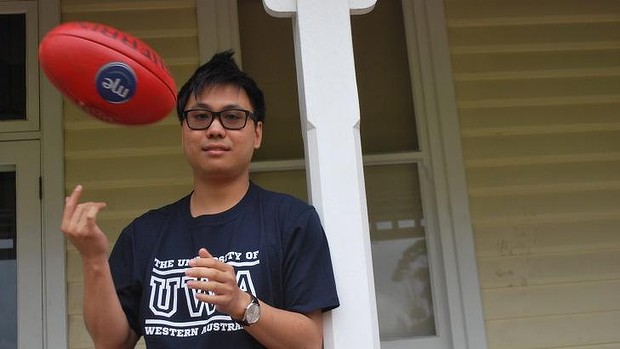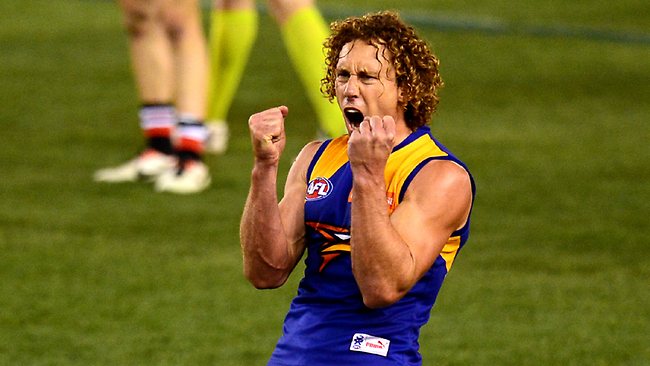Ask a sports fan whether mathematics can predict the outcome of a game and you’ll likely get a passionate response.
It’s gut instinct, they’ll say.
Numbers can only do so much, they might argue.
But for a young Perth mathematician the proof is in the theorem, and he’s gone beyond predicting games to predicting the winner of the Brownlow medal.
Robert Nguyen was always an avid sports fan, but it wasn’t until university that he began turning his passion into an academic pursuit. Now on the cusp of completing his honours in applied statistics at the University of Western Australia, Robert is applying the finishing touches to his thesis which will be submitted next month – aptly titled Taking Home Charlie.
So how does the maths work, and how did his predictions stack up against the 2014 results?
As reported in the Age, journalist Simon White explains; “For each Brownlow count for the past five years, Nguyen has taken a “web scrape” of the preceding five years of stats from individual AFL games. The stats are then lined up with the Brownlow votes for each of those games, enabling the identification of statistical patterns that might correlate to votes awarded.
“Using those patterns – and the statistical model they form the basis of – it is possible to then “run” the actual game stats for a given year and come up with “expected standardised game votes” to predict a Brownlow outcome. To ensure random fluctuations are minimised, Nguyen runs each season through his computer 10,000 times.”
Ten thousand times. Through one computer. Now that’s commitment to the great game. But to the more pressing question, how effective was Robert’s method of prediction? His top pick was Gary Ablett, however his program also picked out potential winners Nat Fyfe, Dayne Beams and…Matt Priddis.
Matt Priddis of course took home the 2014 Brownlow, proving Robert’s model to be impressively effective. And, as Robert himself has said, his model quite accurately predicts trifectas, and proves the available multi-bets were pretty good value. After Priddis, the players in second and third place were indeed Fyfe and Ablett, while Beams was just outside of the top ten.
Although he’ll be leaving university next year to take a job with the commonwealth bank, Robert has said he would relish the chance to improve the program with the inclusion of more statistics.
This story was originally covered on The Age by Simon White. To read more about Robert’s studies click here, and to view the actual winners in comparison click here.





